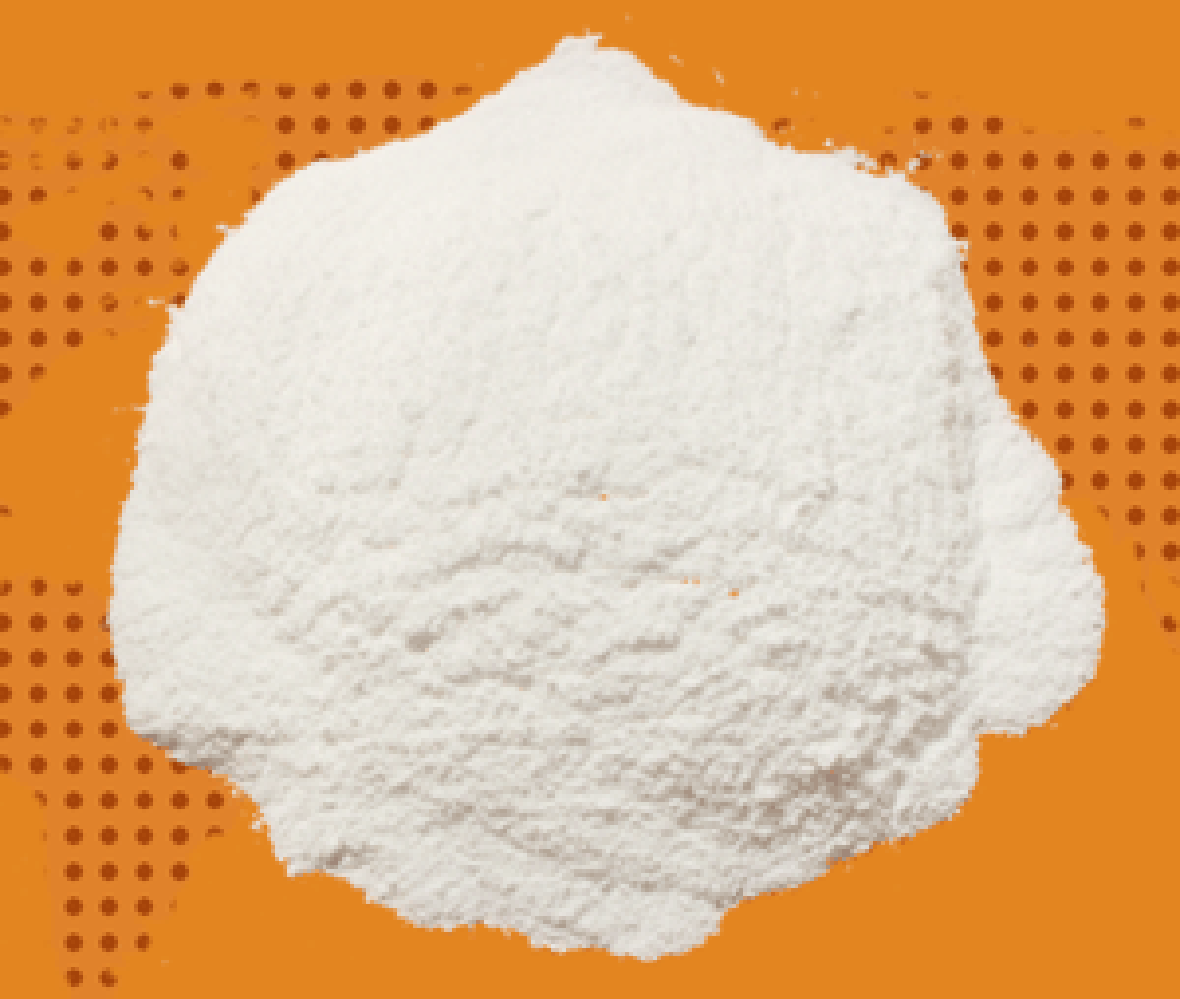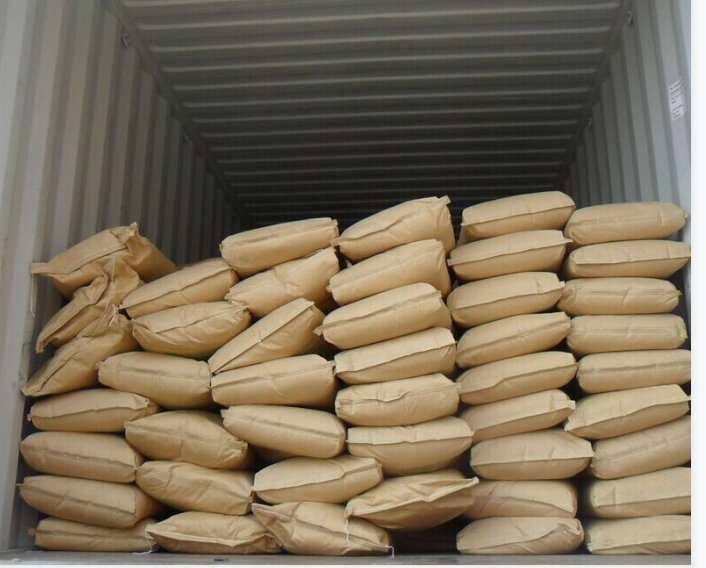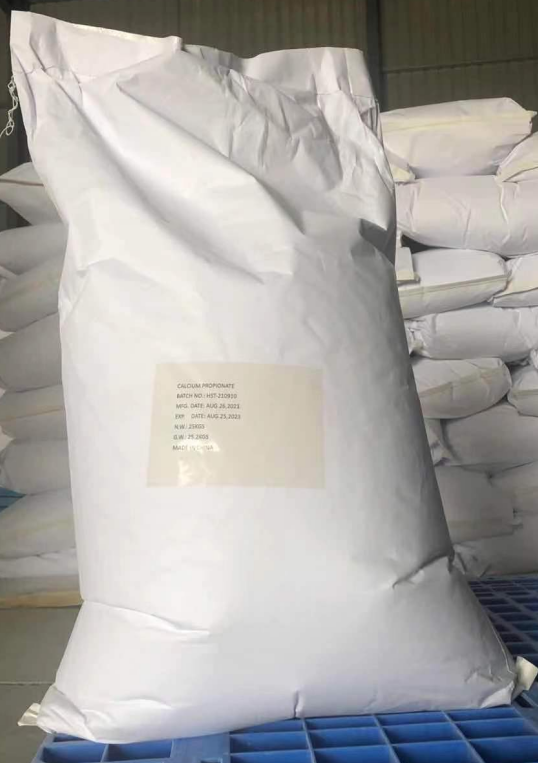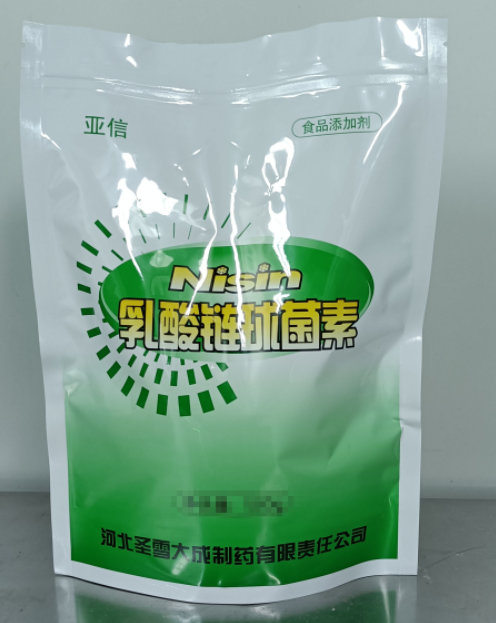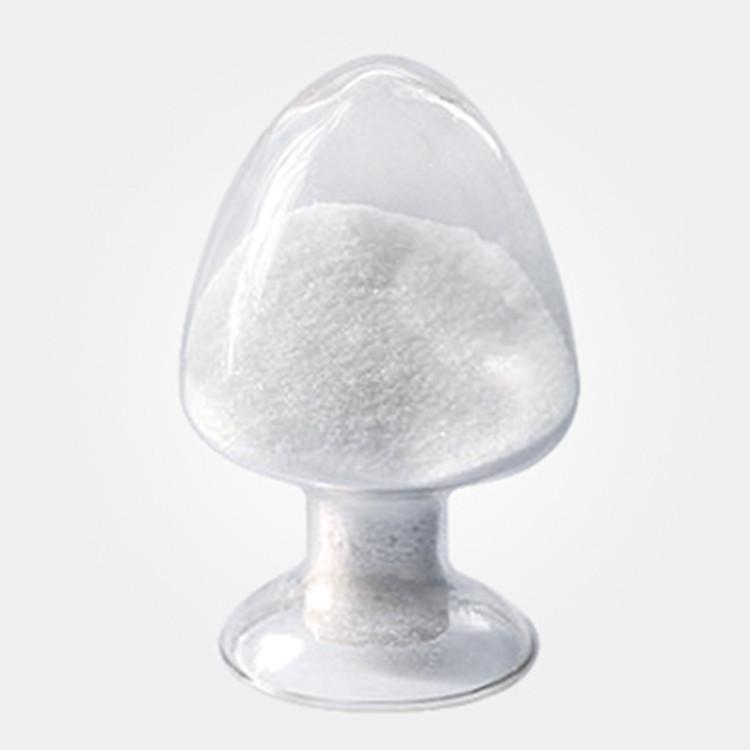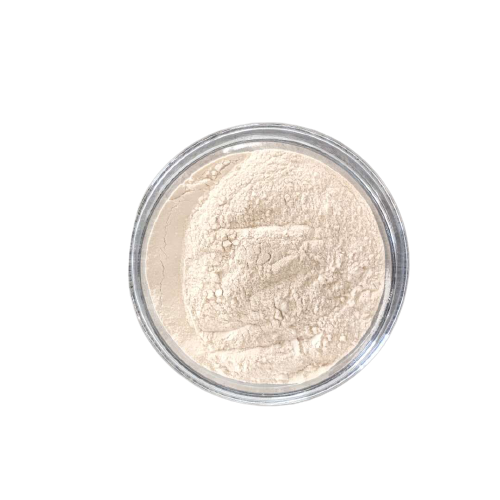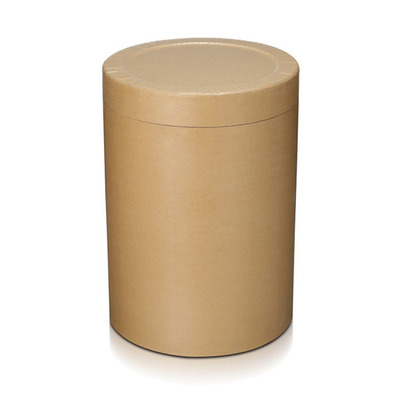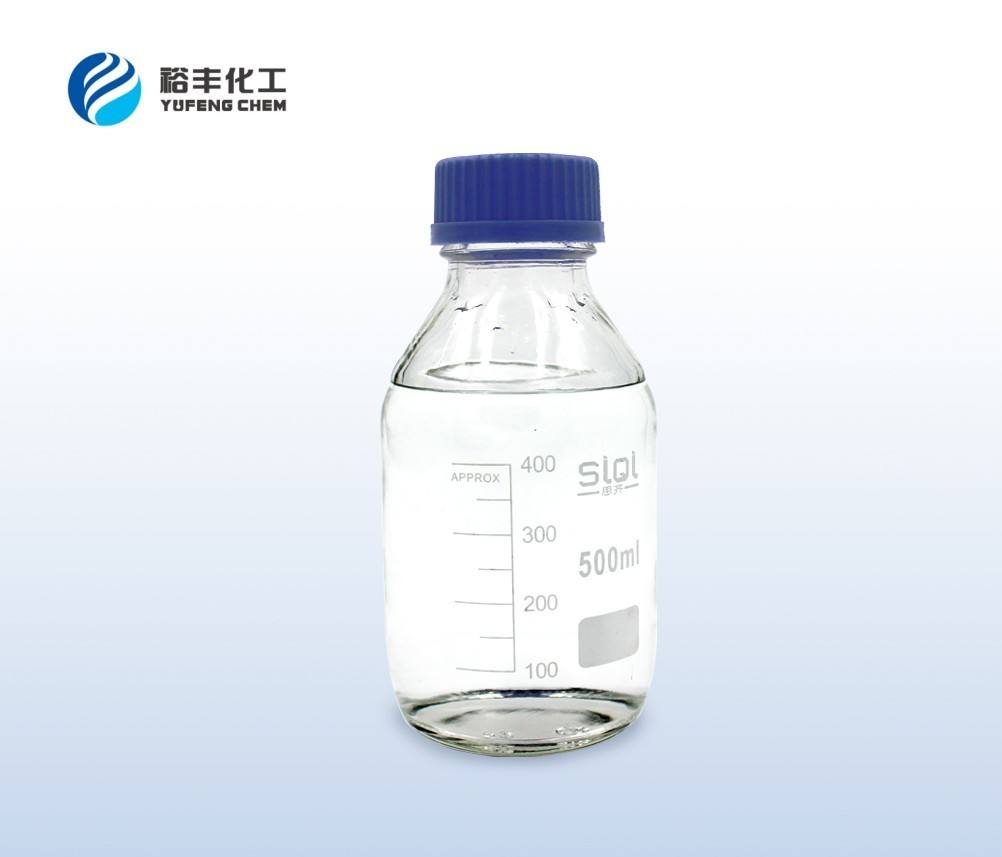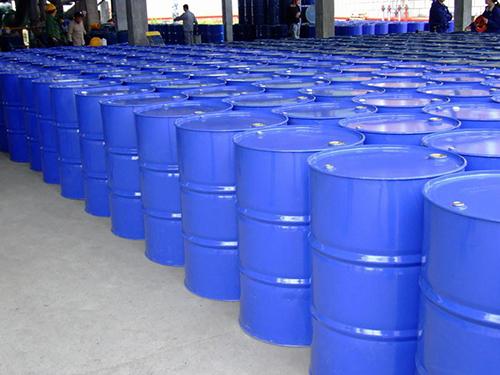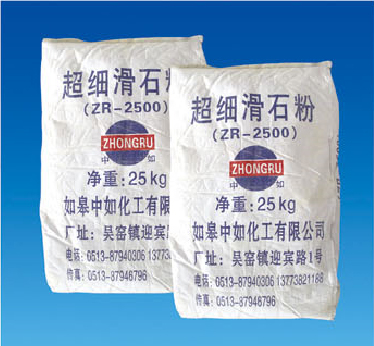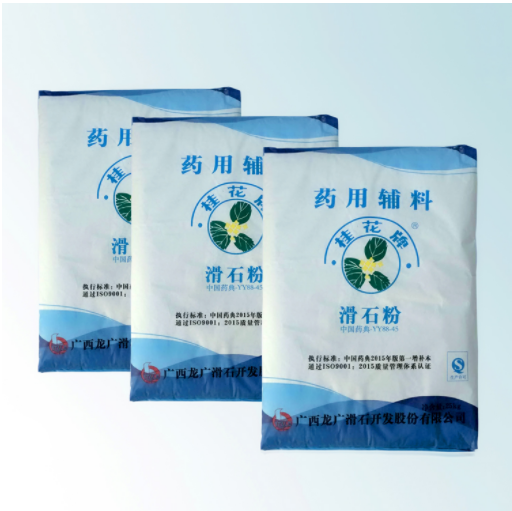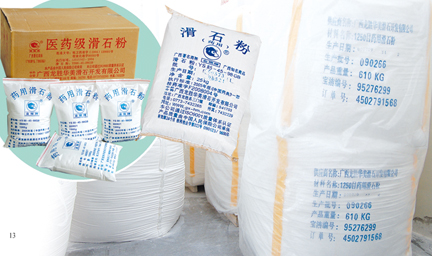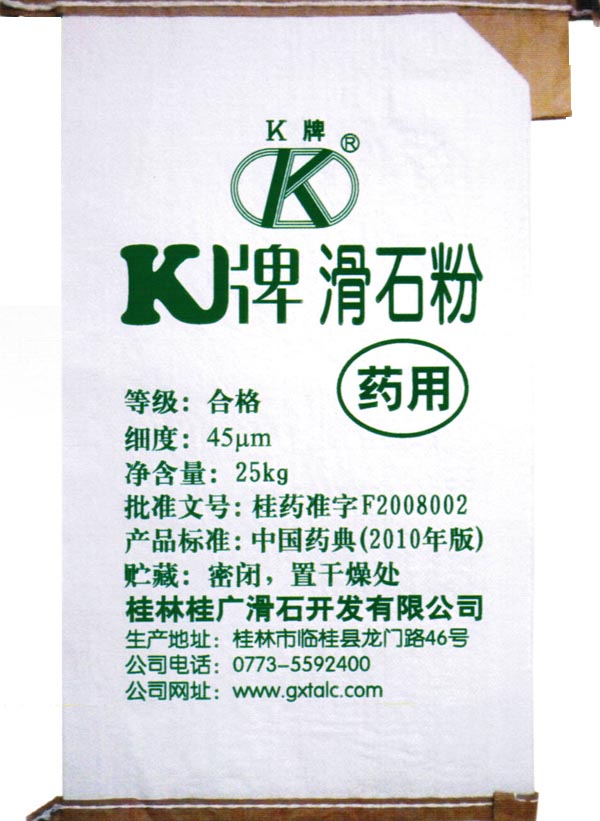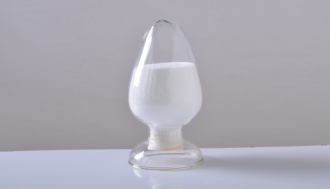Cosmetics
Find
902
related chemicals for you
CAS:137-40-6
Molecular Formula:C3H5NaO2
Alias
More Information
Bioban-S; Propionate Sodium Salt; Propanoic Acid, Sodium Salt; Mycoban; Keenate; Sodium N-Propionate; Propionic Acid Sodium Salt; Spac; Propisol; Impedex; Deketon; Whit-Pro; Propion; Napropion; Sodiumpropanoate
Brief Introduction
Sodium propionate is an acid preservative, and its antibacterial effect is affected by pH. The mic was 0.01% at pH5.0 and 0.5% at pH6.5. In acidic medium, it has strong inhibitory effect on all kinds of mold, aerobic Bacillus or Gram-negative bacilli. It is effective to prevent the production of aflatoxin, but almost ineffective to yeast. As a preservative, sodium propionate is mainly used in food, feed and cosmetics. Sodium propionate is used as a masking agent in leather making to improve the alkali resistance and tanning uniformity of leather.
Suppliers
View More Vendors (4) >
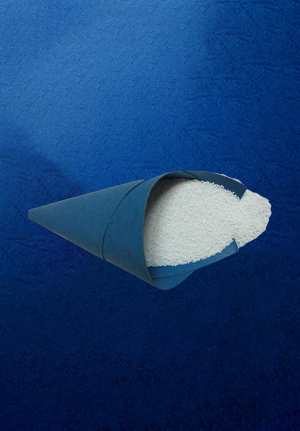
FAQ--WHO 1995; 99.0%
/
Food Grade
25kg
/
Paper Bag
CAS:1414-45-5
Molecular Formula:C143H230N42O37S7
Alias
More Information
Streptococcus Element; Nisinstreptococcus Lactis; Nisaplin; Ambicin N; Nisin e 234 Manufactures; Nisin Supplier; Nisin Addetive
Brief Introduction
This product can be used as preservative; Mold inhibitor. It is widely used in dairy products, meat products, fruit juice drinks, plant protein drinks, beer and so on.
Suppliers
View More Vendors (4) >
CAS:142-82-5
Molecular Formula:C7H16
Alias
More Information
1-Heptane; Heptane; Heptan; Normal Heptane; N Heptane; N- Heptane
Brief Introduction
N-heptane is mainly used as a standard and solvent for octane number determination, as well as for organic synthesis and the preparation of experimental reagents. N-heptane is one of the widely used hydrocarbon solvents in industry. It is used as extraction solvent of animal and vegetable oils, fast drying rubber adhesive and rubber solvent. It is also used in the manufacture of cosmetics and as a solvent for cleaning coatings, paints, quick drying inks and printing machine parts.
Suppliers
View More Vendors (4) >
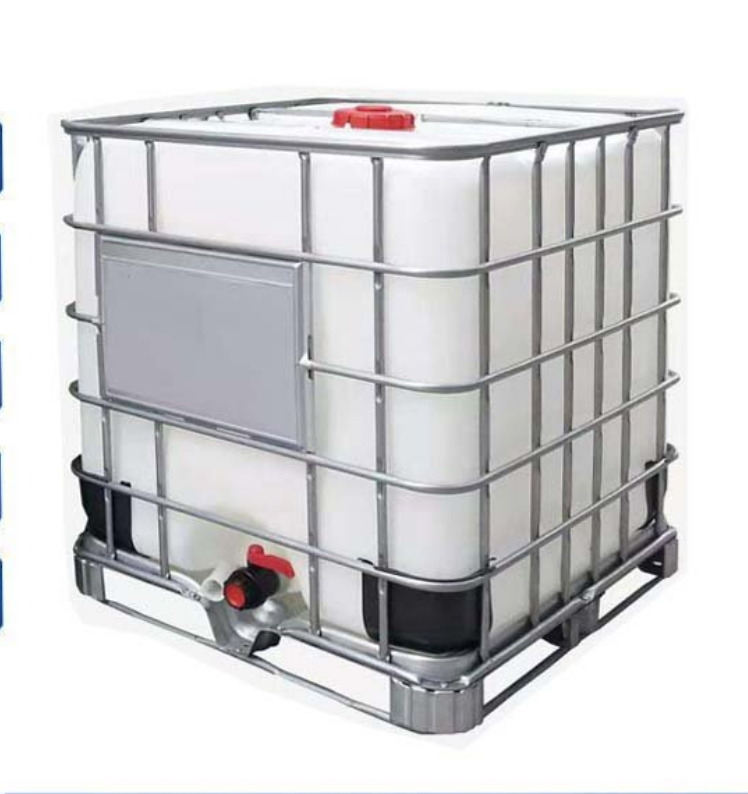
99%
/
Tech Grade
137kg
/
Iron Drum
苏州嘉鼎化学有限公司
99%
/
-
CAS:14807-96-6
Molecular Formula:H2Mg3O12Si4
Alias
More Information
Magnesium Hydrosilicate; Hydrous Magnesium Silicate; Talcum Powder; French Chalk; Talcum; Talc; Micronized talc; Medicinal Talc Powder; Talc Powder; talc (Hydrated Magnesium Silicate)
Brief Introduction
This product is used as filler of rubber, plastic, paint, paper and cosmetics, carrier of chemical fertilizer, catalyst and medicine, diluted powder of pesticide, etc. It is usually used after bathing in summer. When applied to the skin, it can absorb sweat and moisture, and has a good sense of smoothness.
Suppliers
View More Vendors (4) >
CAS:15630-89-4
Molecular Formula:C2H6Na4O12
Alias
More Information
Sodium Carbonate Peroxide; Solid Hydrogen Peroxide; SPC; Sodium Percarbonate Granules; Hydrogen Peroxide Sodium Carbonate Adduct; Sodium Carbonate Hydrogen Peroxide; Sodium Percabonate; _|_; Na2CO3·1.5 H2O2; 2Na2CO3·3H2O2; перокси
Brief Introduction
It is mainly used as bleaching agent and oxidation agent, as well as detergent, cleaning agent and bactericide in chemical industry, papermaking, textile, dyeing and finishing, food, medicine, health and other departments.
Suppliers
View More Vendors (4) >
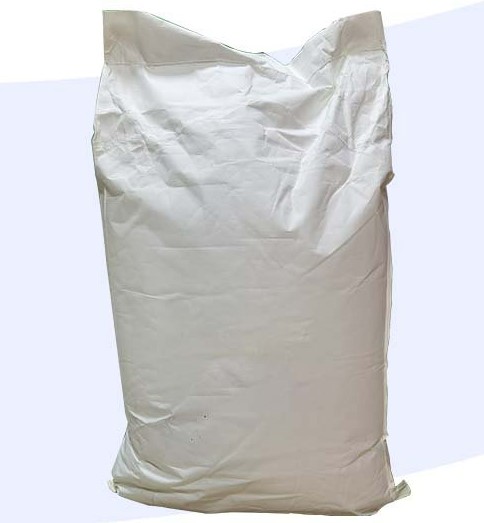
Active oxygen content (≥): I: 13.5% II: 11.0-13.0%
/
Tech Grade
25kg
/
Woven Bag
宏业控股集团有限公司
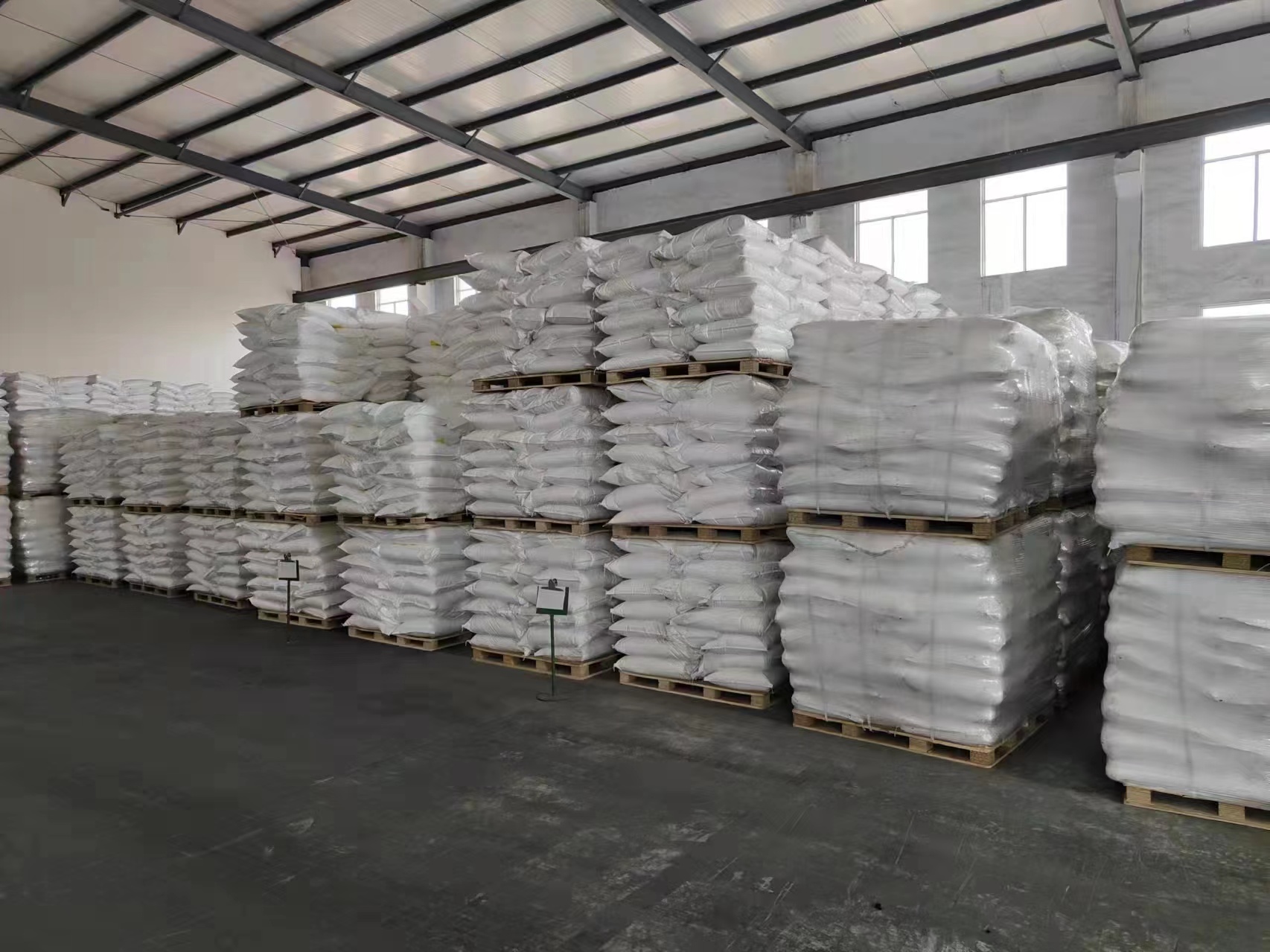
Appearance: Free flowing white granule
/
-
Inquiry (
10
/ 10
)
Clear All
You can inquire for up to 10 products at a time
Sign In
Error!

